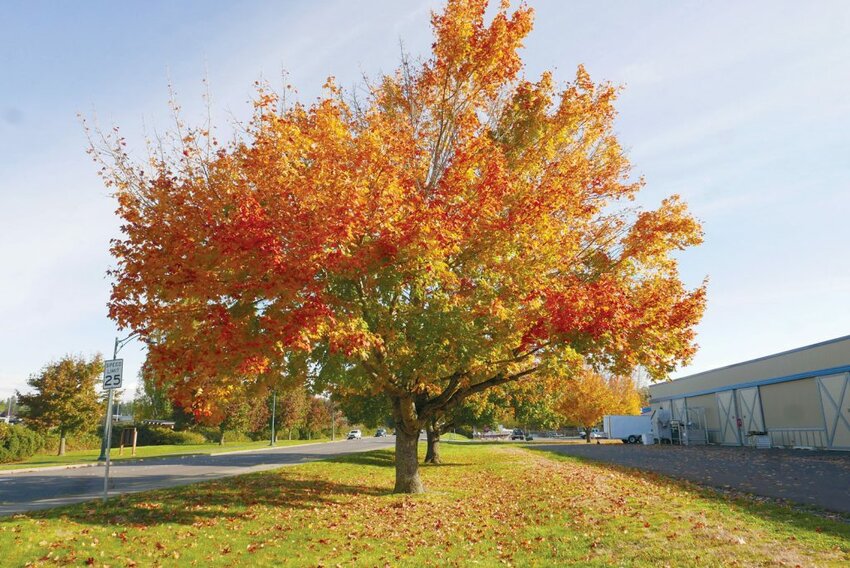
Many residents of the Pacific Northwest have regular access to nature and it’s become a widely acknowledged fact that time spent outdoors is good for our mental health. So, what happens when our access is revoked?
The Covid-19 lockdown made me realize just how much I was taking for granted my proximity to dense forests, mountain peaks and remote rocky beaches. Suddenly I was stuck within the small bubble of my neighborhood and could only stare with longing at the snowy mountain peaks in the distance. I was distraught by the knowledge that I couldn’t follow a trail to a secluded campsite in the thick forests beyond the noise of cars and machinery. How would I survive the stress and discomfort of the intense and immediate changes to our world?
It took a couple weeks, but eventually my mindfulness training kicked in.
First, and most importantly, I started to pay attention to my breath. My breath was shallow and often ragged, cutting off much-needed oxygen to my brain. I worked on breathing deeper into my chest, then into my belly. Belly breathing, or diaphragmatic breathing, increases the amount of oxygen in your body, improves core stability, lowers blood pressure and heart rate. By paying more attention to my breath, I was already taking better care of myself.
I began to look for ways to ground myself. Sitting in my living room sure wasn’t working so I started to pay more attention to what I was seeing on neighborhood walks. I’d see something and describe it to myself. At first it was larger, mobile objects that got my attention – fluffy white dog, jumping grey squirrel, square yellow truck. I was becoming aware of my immediate surroundings instead of thinking about where I could’ve been. I was redirecting my mental attention from then to now.
As the days passed, I started noticing the smaller things and using more of my senses – observing rhododendron buds, smelling cherry blossoms, listening to a chickadee. My observations of the natural world were helping to ground me, to bring me out of my brain and into an awareness of the present moment.
It turns out my neighborhood is full of natural microcosms just like in the wilder forests of the Pacific Northwest. I notice the variety of tree species and the different colors of begonias. I sit and listen to a small runoff creek at the edge of a community park. I walk streets I’ve never set foot on before and find pathways and cut-throughs around my neighborhood. My walks lead me farther afield to parks I’ve never visited in the 10 years I’ve lived nearby. I’m exploring and enjoying the urban natural environment and it’s helping me to tune in and stay present.
I observe the passage of time and the changing of the seasons from blossoms to green leaves, and now, to brittle yellow. As we transition to winter and spend more time inside, I know that these local walks will once again become essential to my well-being. x
Lisa Pulsifer is passionate about hiking backpacking and the Pacific Crest Trail. She lives in Vancouver, BC.